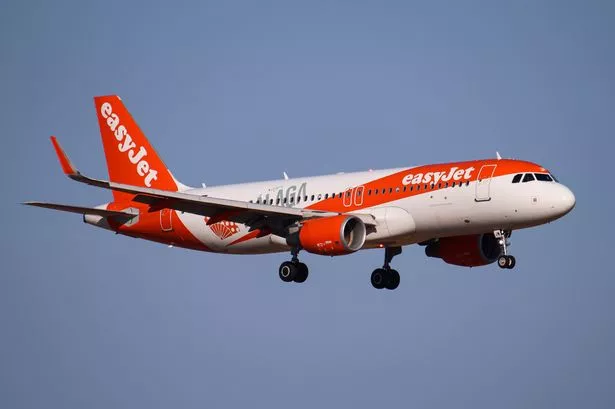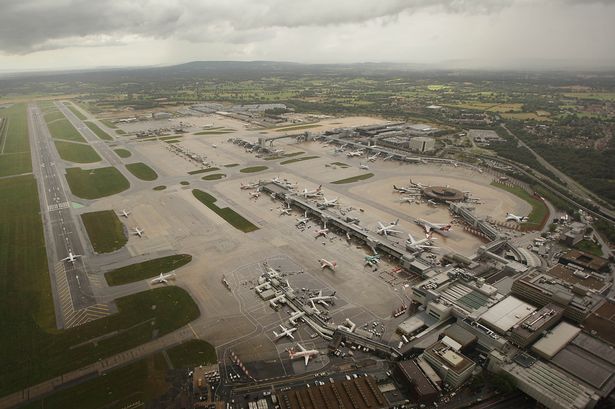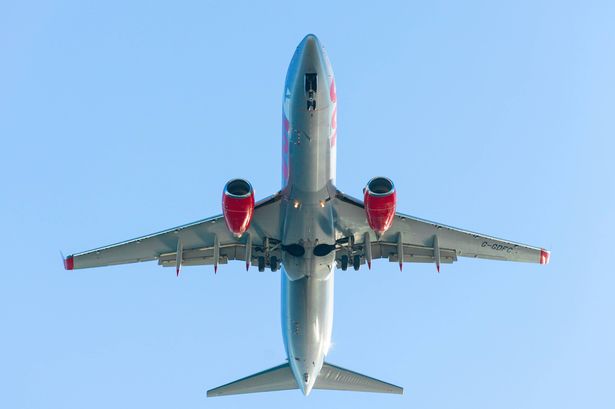At least 15 JetBlue passengers were injured after an A320 aircraft suddenly dropped in altitude and was forced to make an emergency landing
Some air travel across the United Kingdom will be disrupted over the coming days as several airlines carry out software updates on some Airbus 320 aircrafts, an aviation agency said.
The European Union Aviation Safety Agency (EASA) issued the instruction on Friday, November 29, as a “precautionary action”, impacting travel across the UK.
The Associated Press news agency reported that at least 15 JetBlue passengers were injured in last month after an A320 aircraft suddenly dropped in altitude and was forced to make an emergency landing in Florida. The plane had experienced a “flight control issue” which could be linked to its software system, AP reported.
“The requirement will mean the airlines flying these aircraft will in some cases have to change software over the days ahead or remain on the ground from Sunday onwards until the software has been changed,” EASA, the main certifying authority for the A320 aircraft, said.
“This action is likely to mean that unfortunately there may be some disruption and cancellations to flights.”
Several UK airlines have these aircrafts in their fleet and could be impacted.
Transport Secretary Heidi Alexander said the impact on UK airlines should remain “limited”.
“The good news is it seems the impact on UK airlines seems limited, with a smaller number of aircraft requiring more complex software and hardware changes,” Alexander said.
Low-cost airline Wizz Air warned that their passengers may face disruption over the weekend as a result of the update. The airline said it has already immediately scheduled the necessary maintenance to ensure full compliance with the identified mitigation and as a result, some flights will be affected over the weekend.
The UK’s EasyJet said in a statement that there may be changes to their flying schedule as a result of the update and passengers will be informed.
Three British Airways aircrafts require the update, limiting any significant disruption to passengers.
Irish airline Aer Lingus said it was not expecting major operational disruption due to the limited number of its aircrafts impacted.
Jet2.com also said will be no impact to its flying programme as the software updates were on a small number of aircrafts.
“We have been made aware of an issue that may affect some of the A320 family of aircraft and the precautionary action that EASA has taken,” said Giancarlo Buono, director of Aviation Safety at the UK Civil Aviation Authority.
“We appreciate the disruption this may cause to some people flying over the coming days… Airlines have a duty of care to look after passengers when a flight is delayed,” Buono added.
Gatwick Airport also warned passengers may face some disruption over the coming days, but a spokesperson for the airport said the software update will only impact a small number of airlines at the airport.
Both Heathrow and Luton Airports are expected to run their flying schedule as normal.







